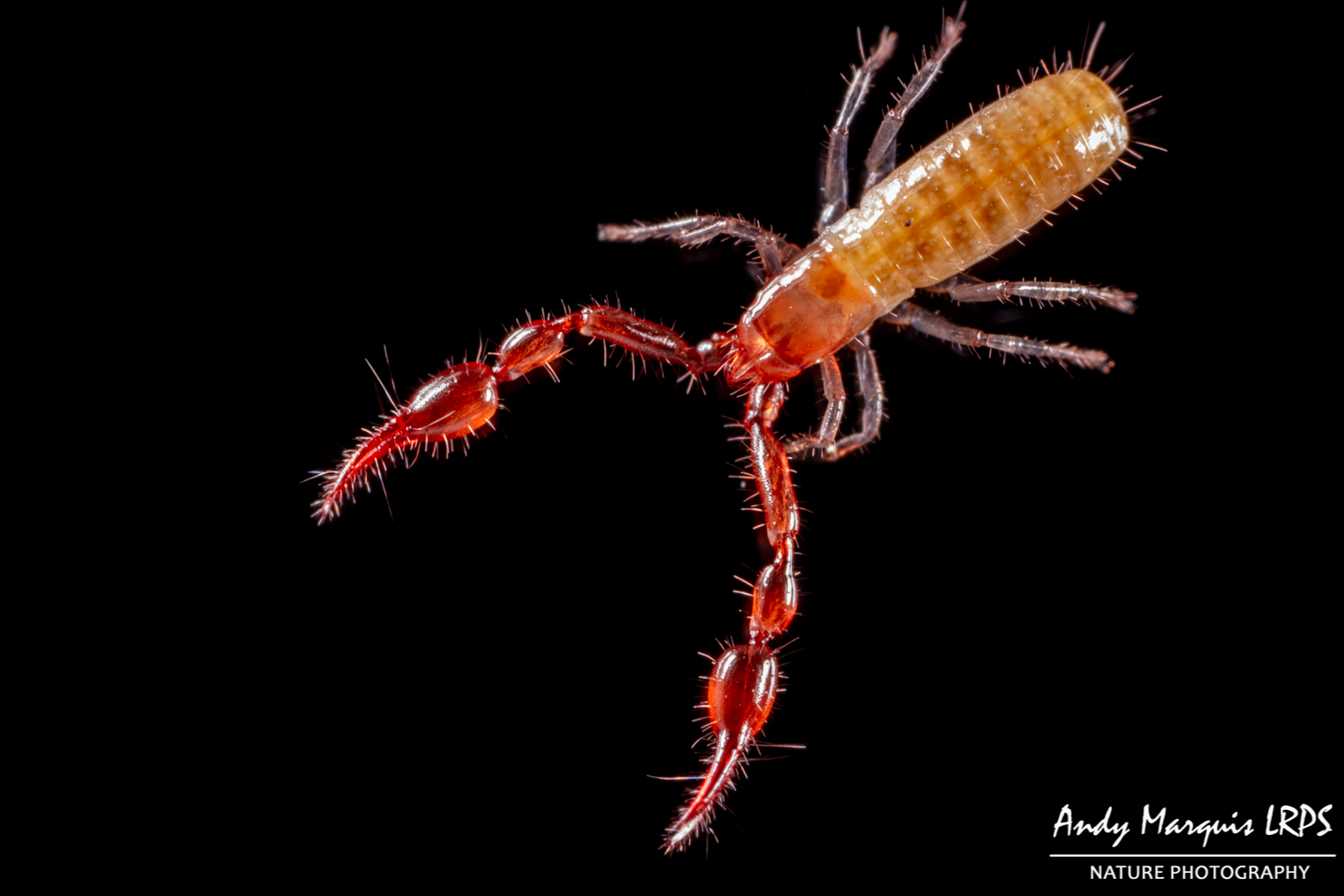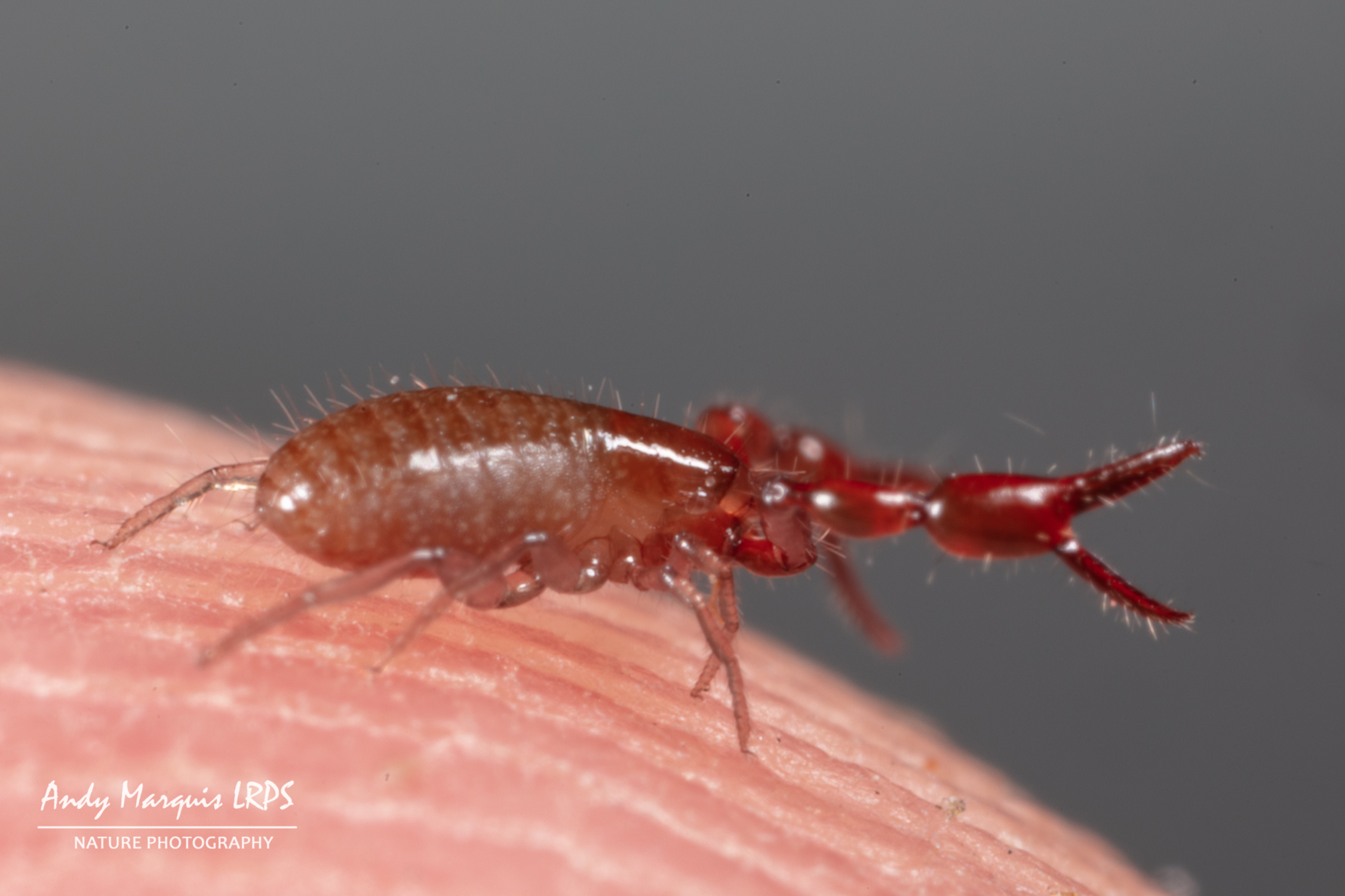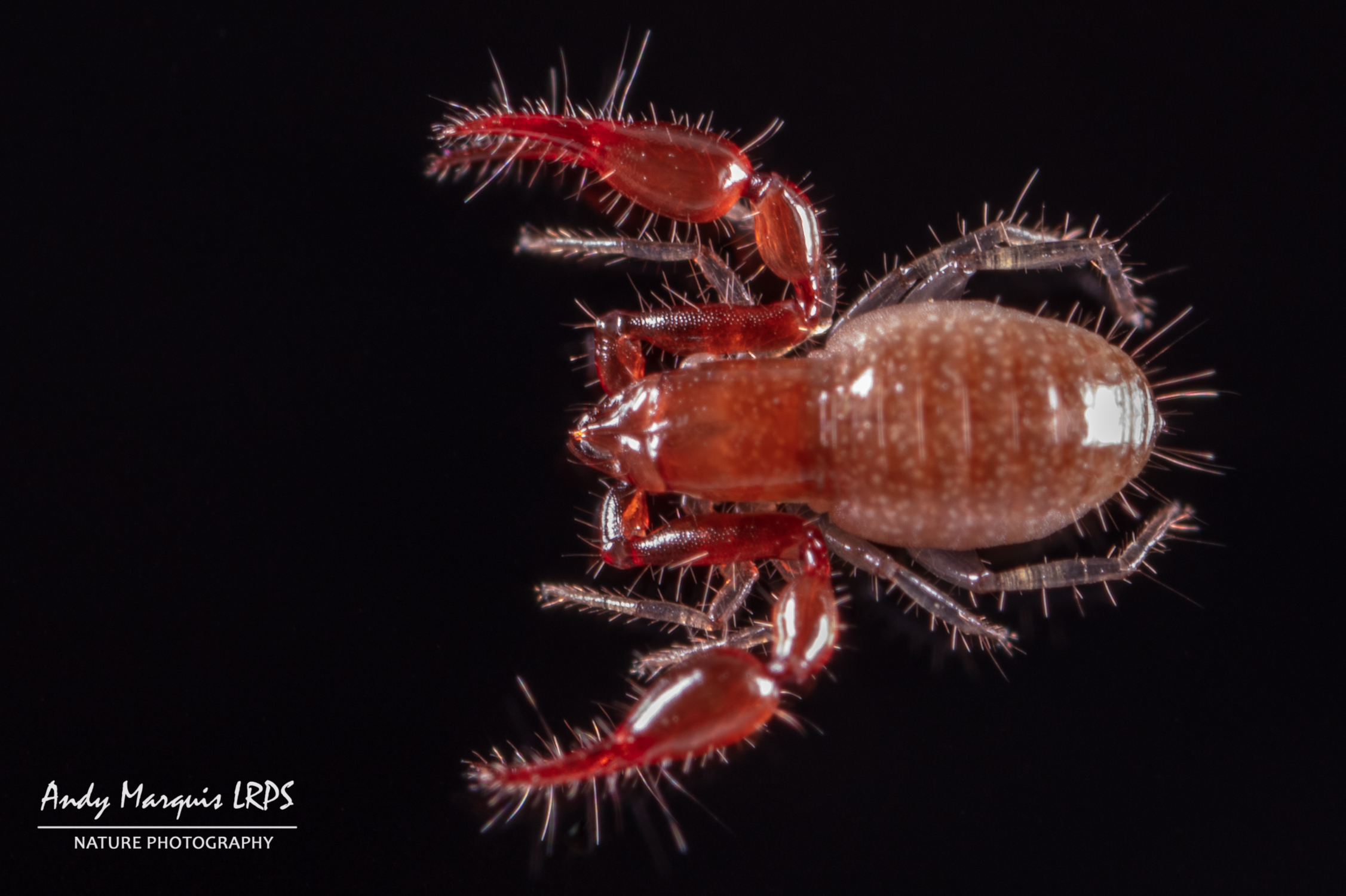Pseudoscorpions of Guernsey
It all started with a few pseudoscorpions which, being extremely cool, led me to looking for more of them and trying other spots as well. I will keep a list of the species below as I continue to search through leaf litter and see what I can find.
So far, my garden has yielded 3 species, other specimens are popping up all over the island, mostly in leaf litter, though several now just underneath stones and also in rotting wood.
The search continues as there are old records on the database at the Guernsey Biological Records Centre for species which I have not yet found, so I need to get looking. My search has led me on to other groups of insects as well notably Collembola (Springtails) and Isopods (Woodlice etc) which I will also write about.
But what is a pseudoscorpion? Well first up they aren't scorpions, they are not dangerous in the same way and cannot harm humans. They are part of the arachnid family (same as spiders) but look like a scorpion without the stinging tail, hence being called false scorpions. You might find them in leaf litter, in old logs and in strandline debris. They hunt Collembola (springtails) and mites which they catch and inject with a tiny amount of venom from their pedipalps.
The biggest ones in the UK grow to about 5mm in length so nothing huge is likely to be found here. They generally live like most other small invertebrates: unseen and unknown by the vast majority of people.
My current species list is:
- Chthonius ischnocheles
- Chthonius tetrachelatus
- Lamprochernes
nodosus
- Pselaphochernes
dubius
- Roncus lubricus
I have added some photographs below, although these will not really help you identify anything you find as there are some similar species with often microscopic ID points.
If you do find one in Guernsey please let me know as I would love to have a specimen (alive preferably) to identify and photograph. They can be held for a short time in a specimen tube or a lidded box, it needs to have a lid as they are happy to walk up the side of anything and any air holes need to be small enough that they can't wonder out.
Chthonius ischnocheles
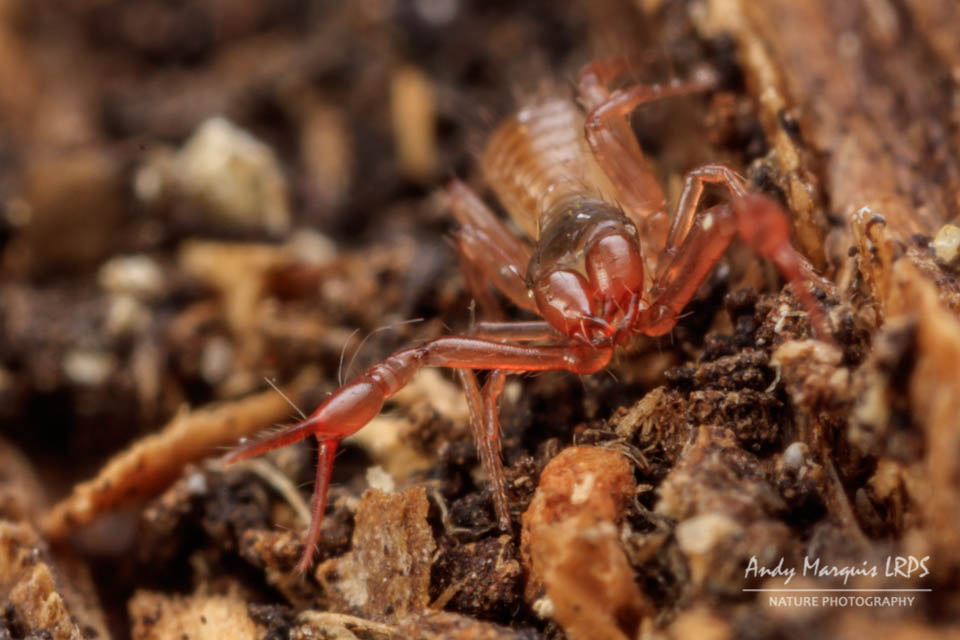
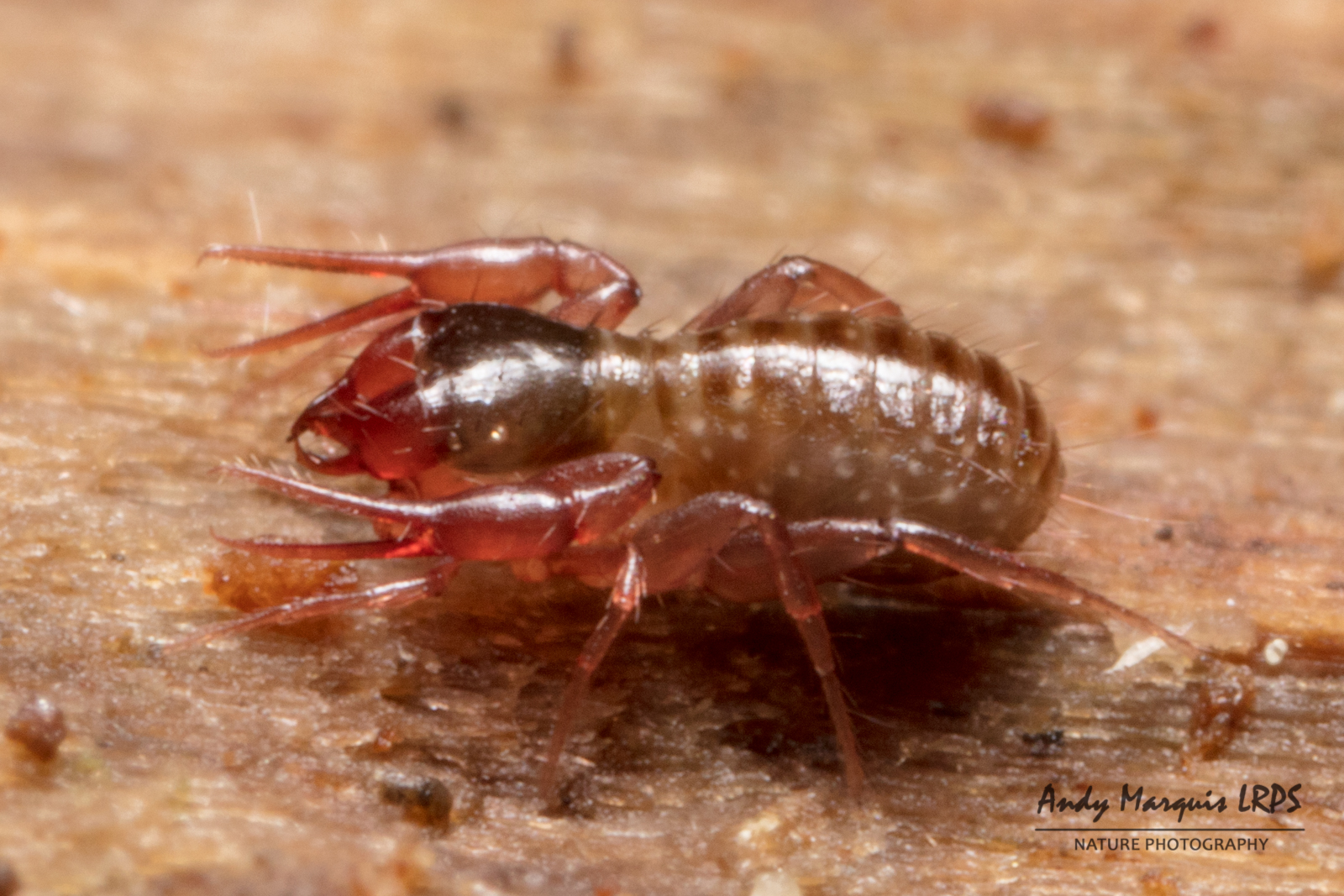
Chthonius tetrachelatus
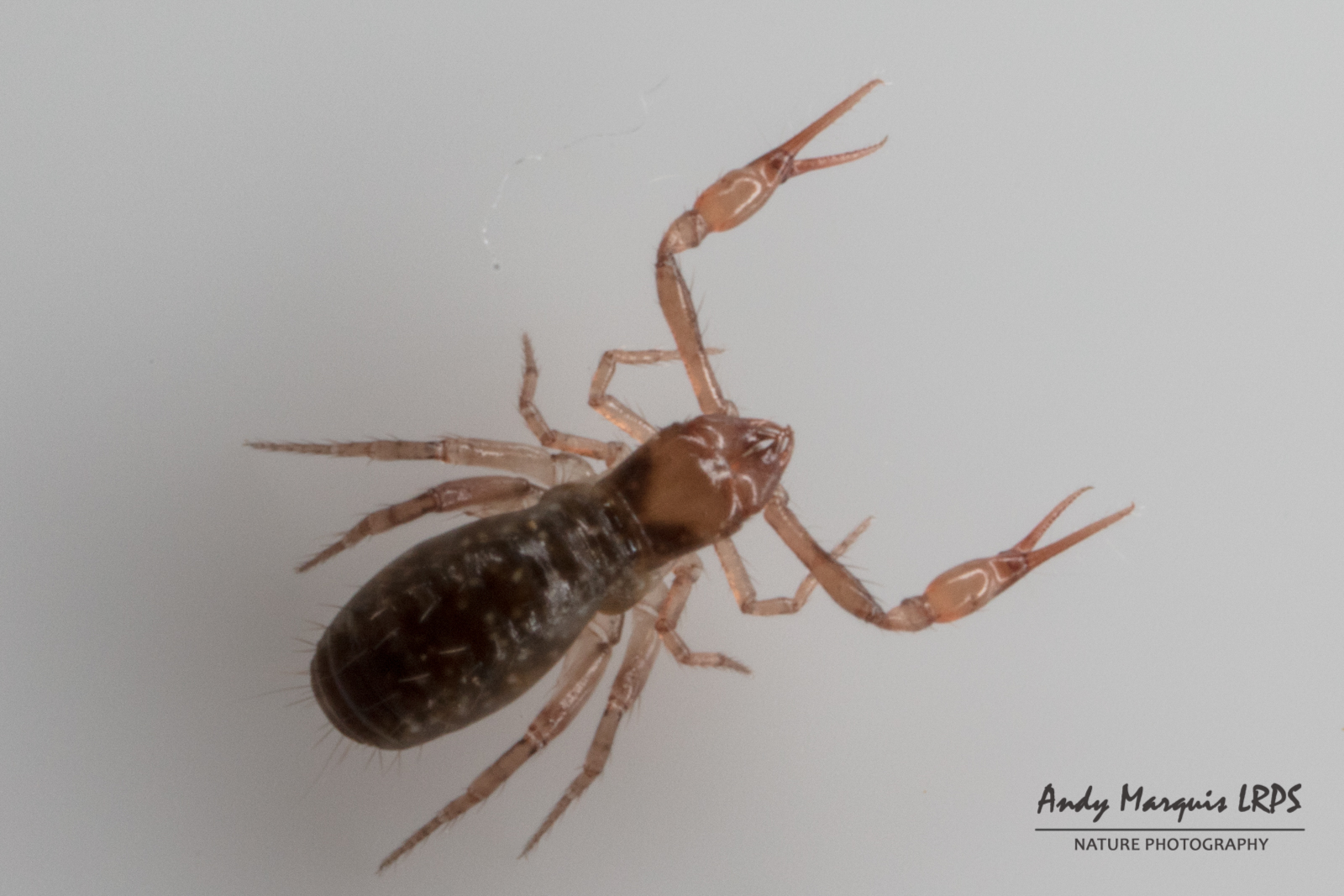
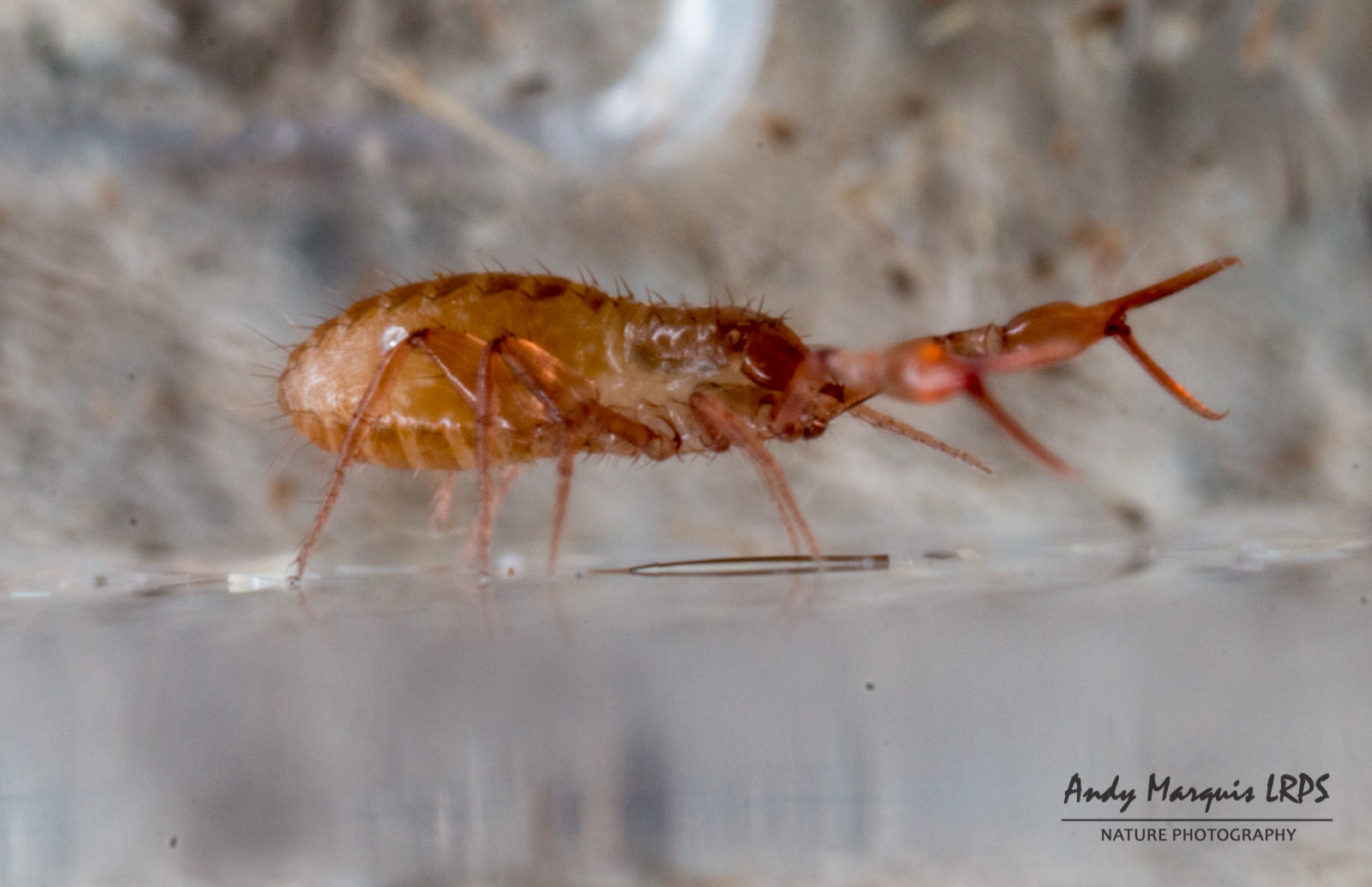
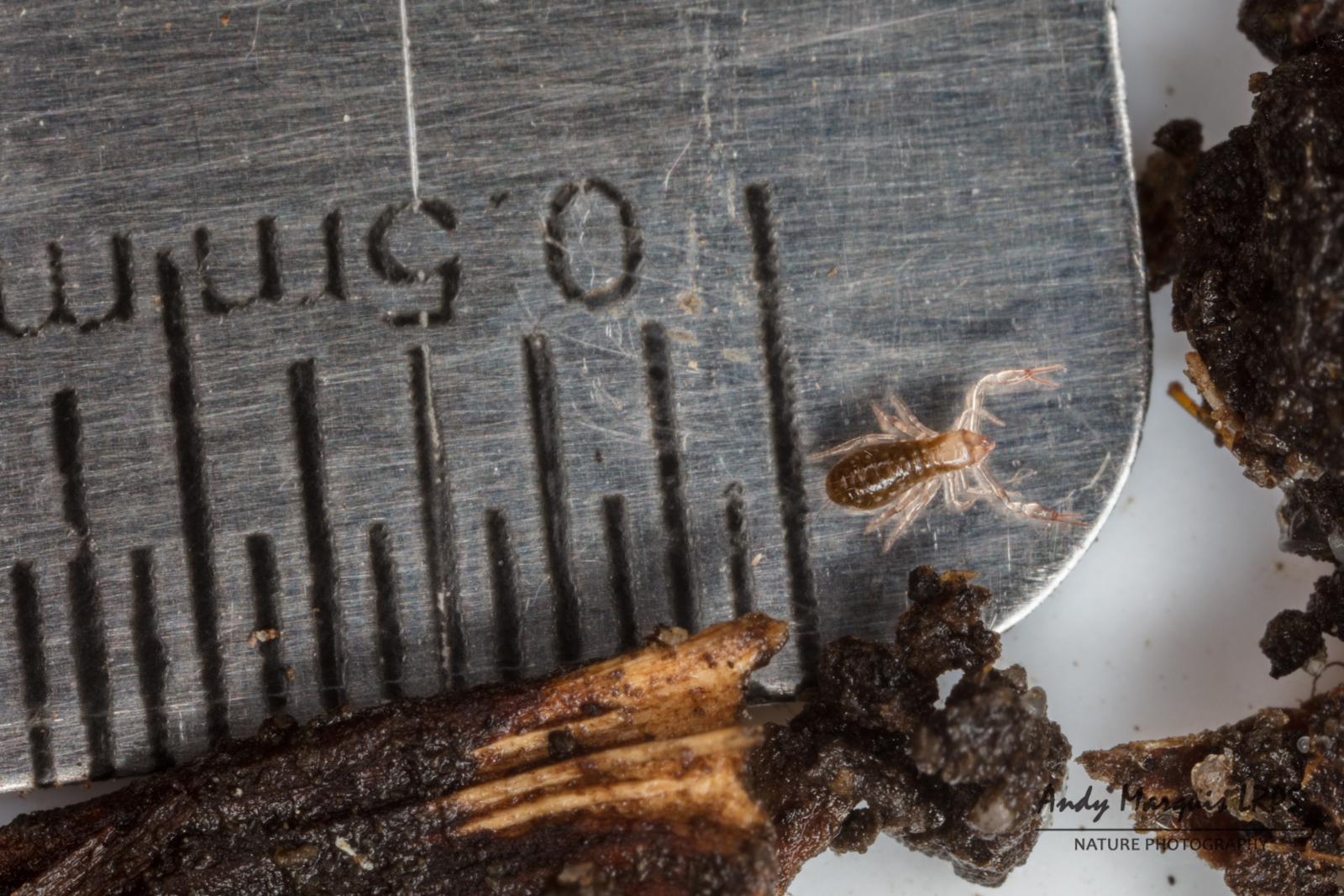
Lamprochernes nodosus
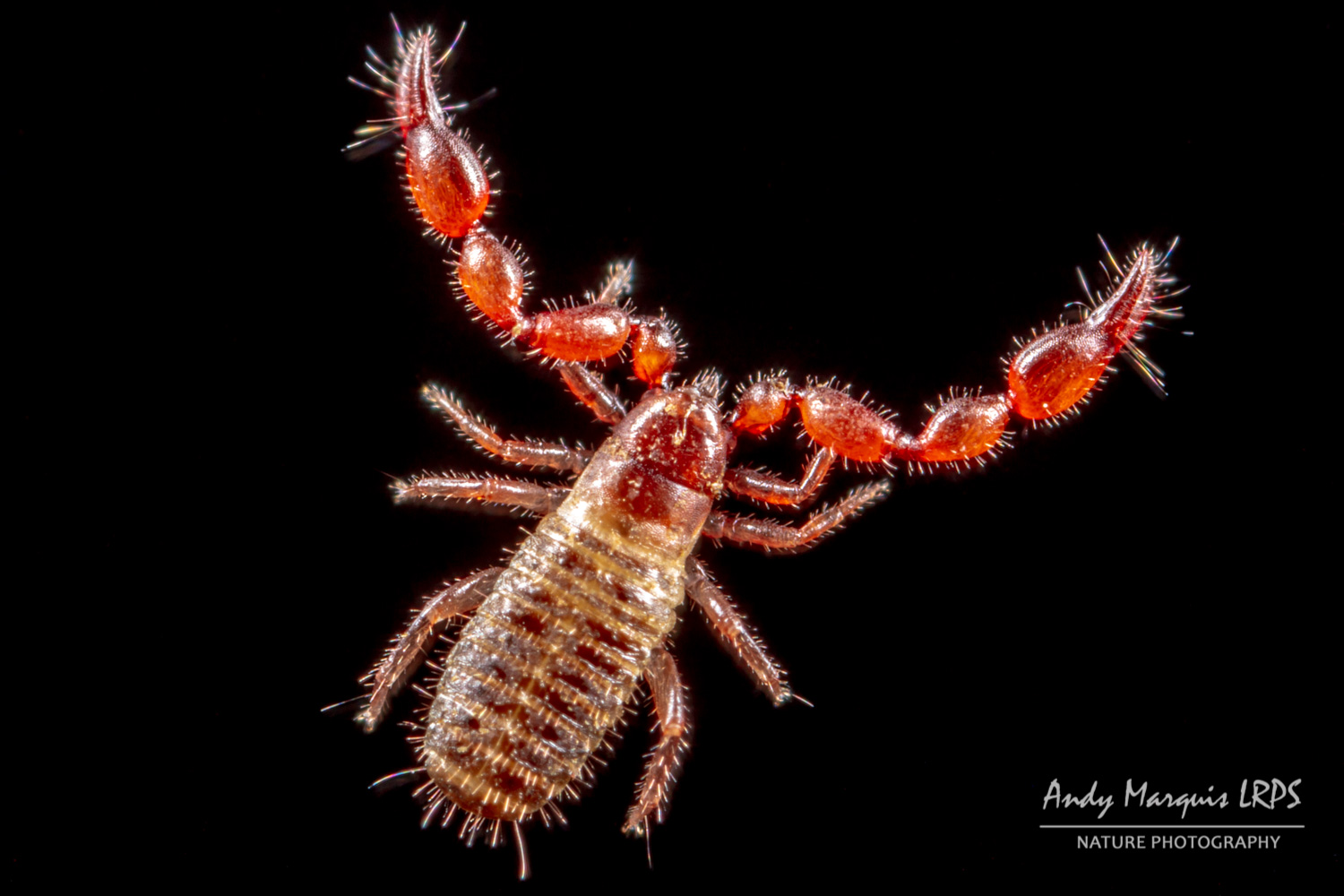
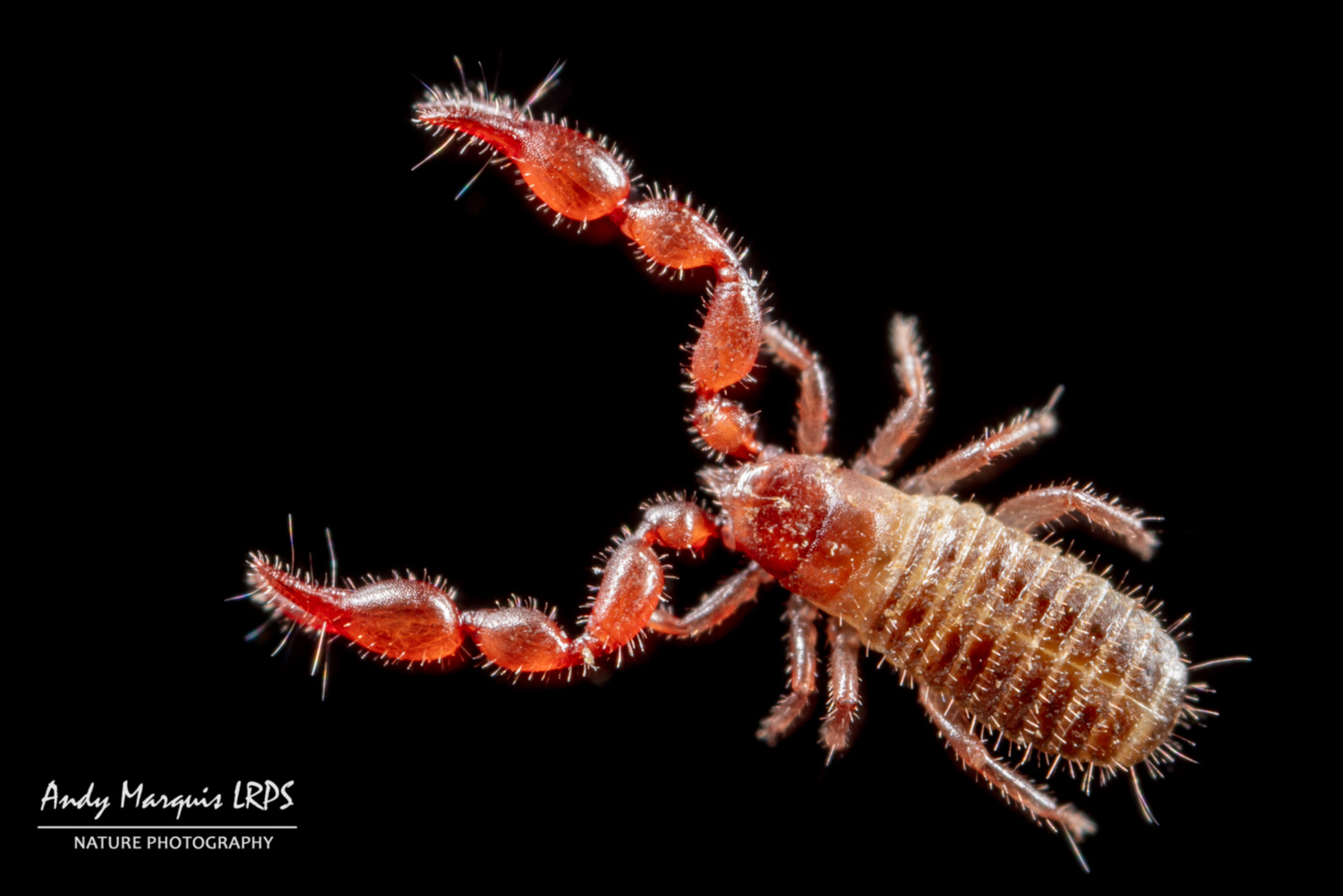
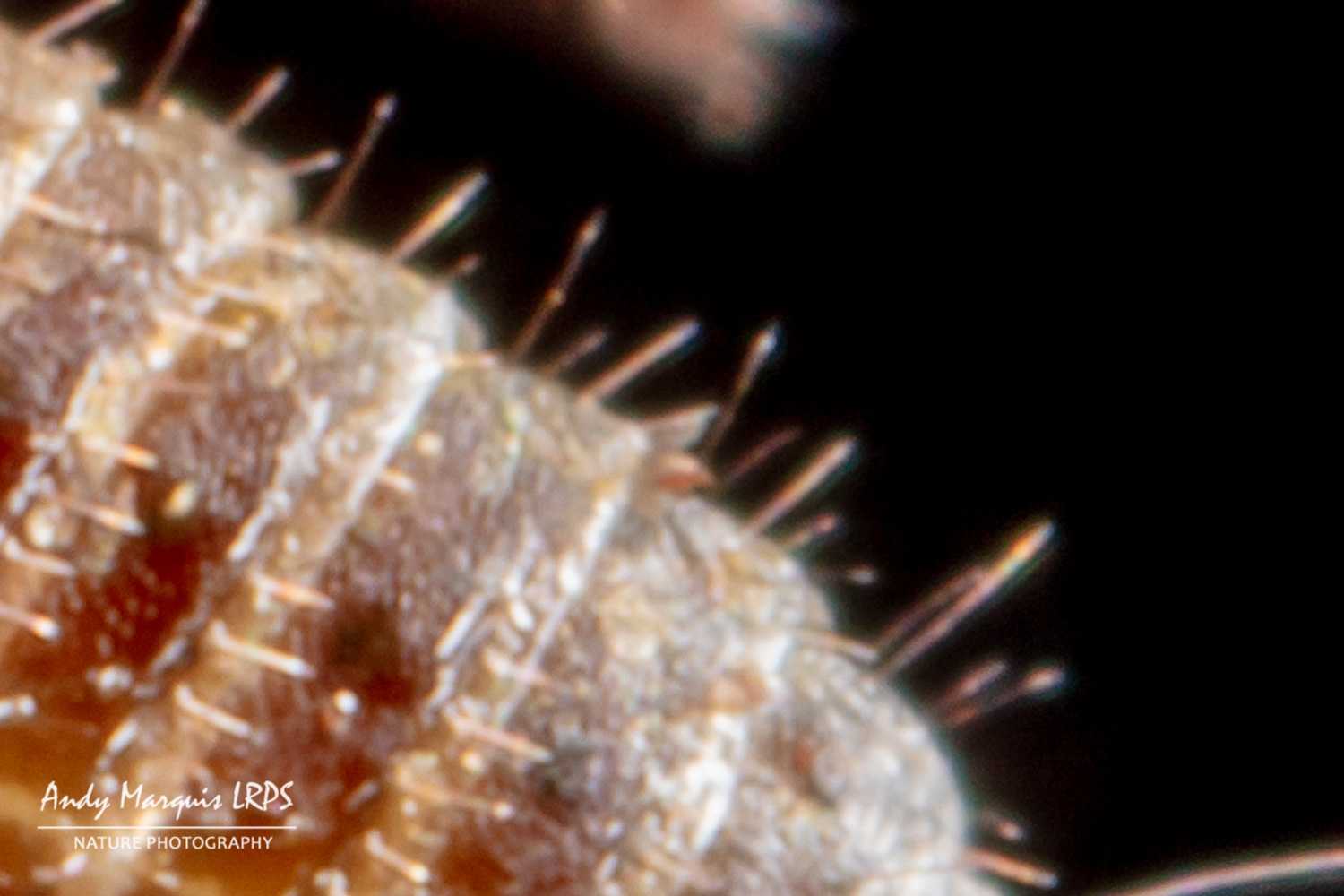
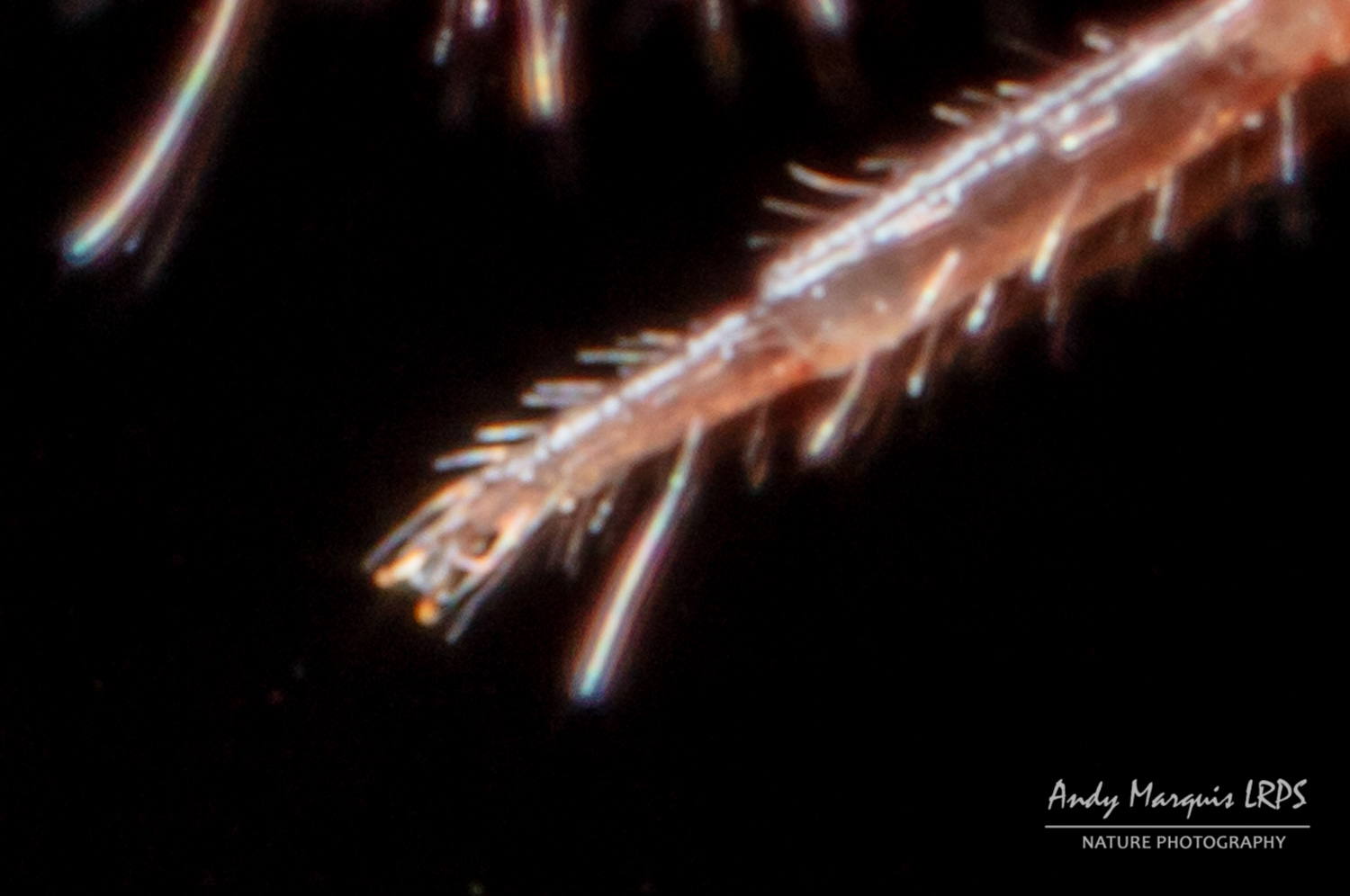
Pselaphochernes dubius
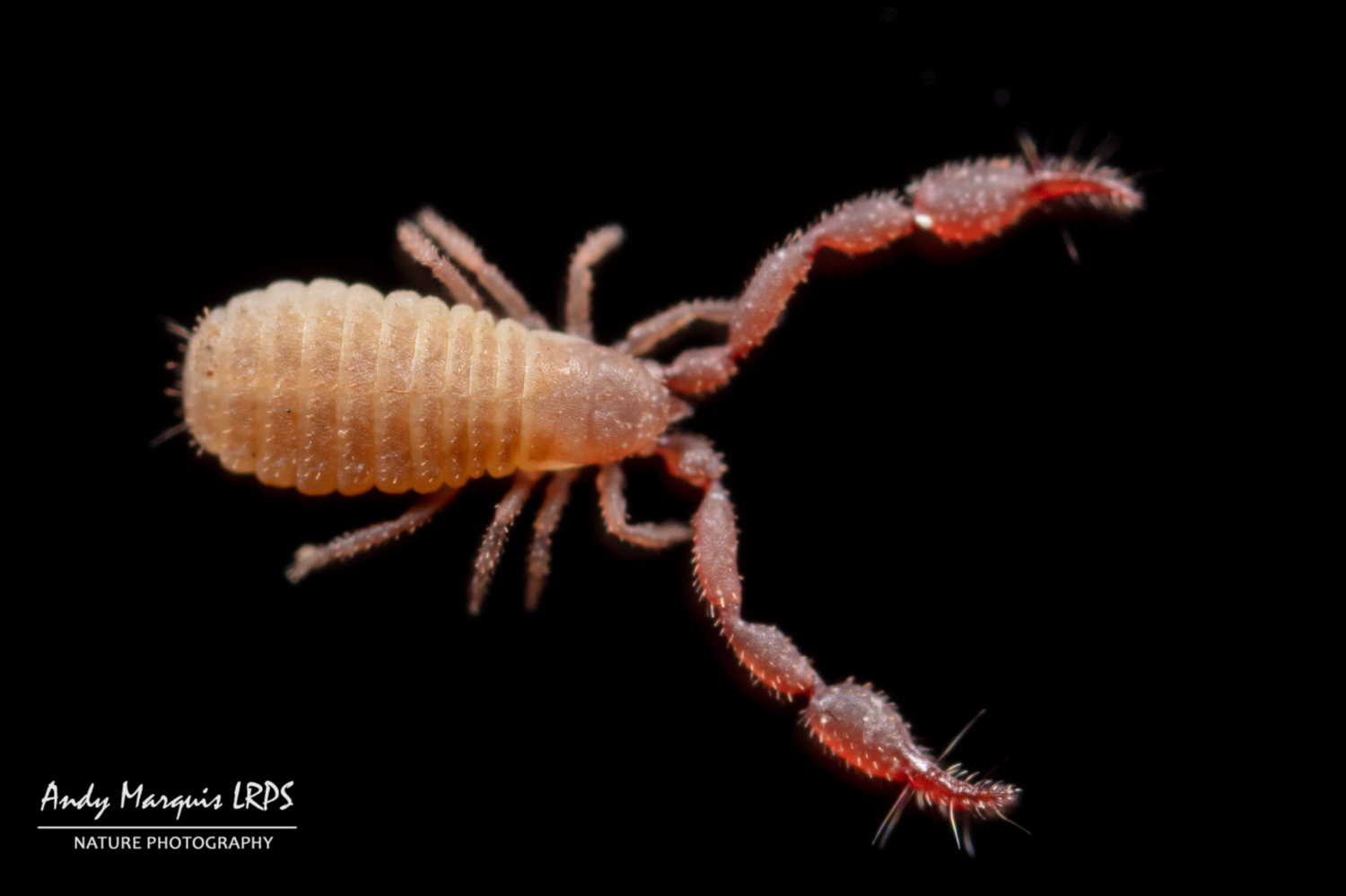
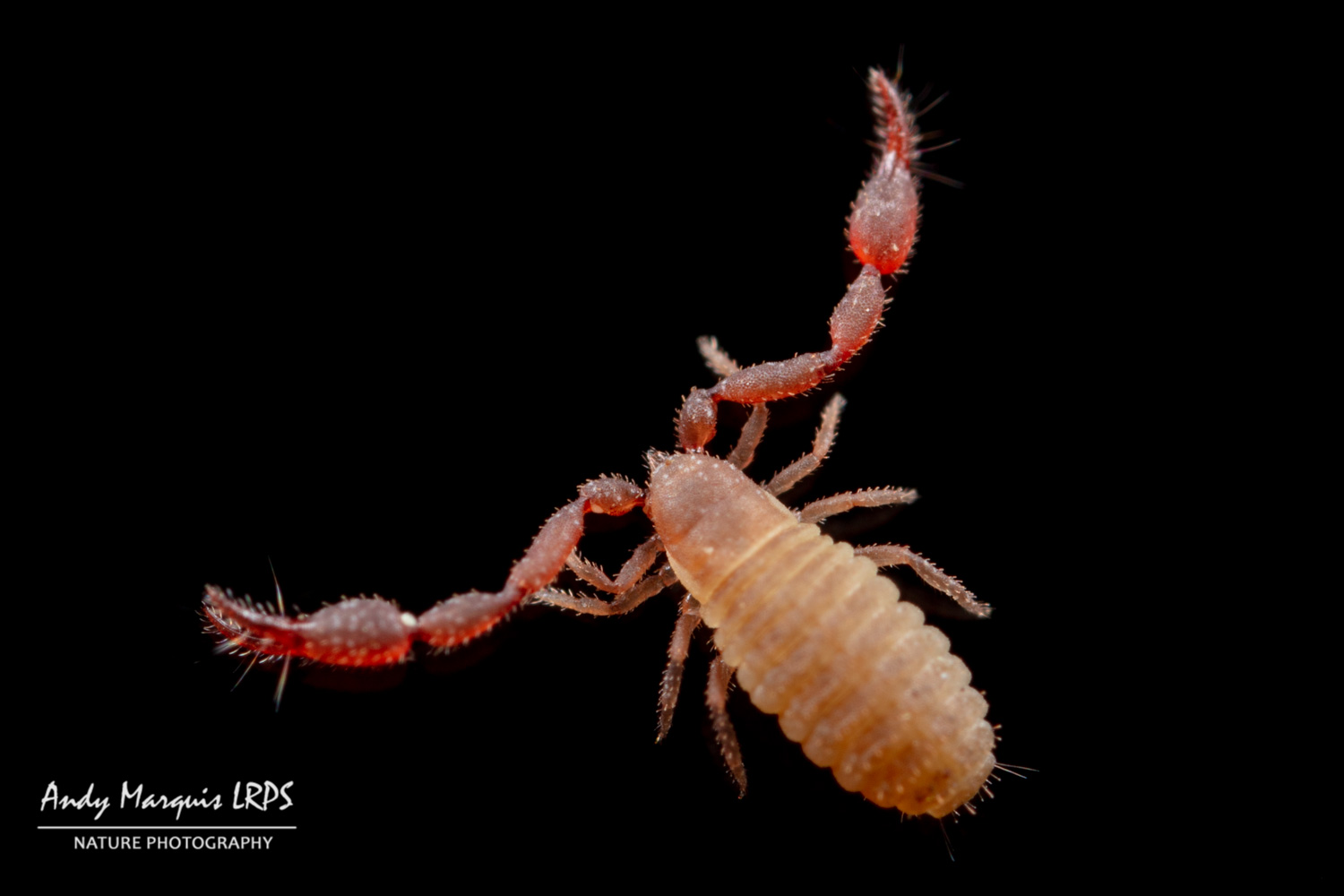
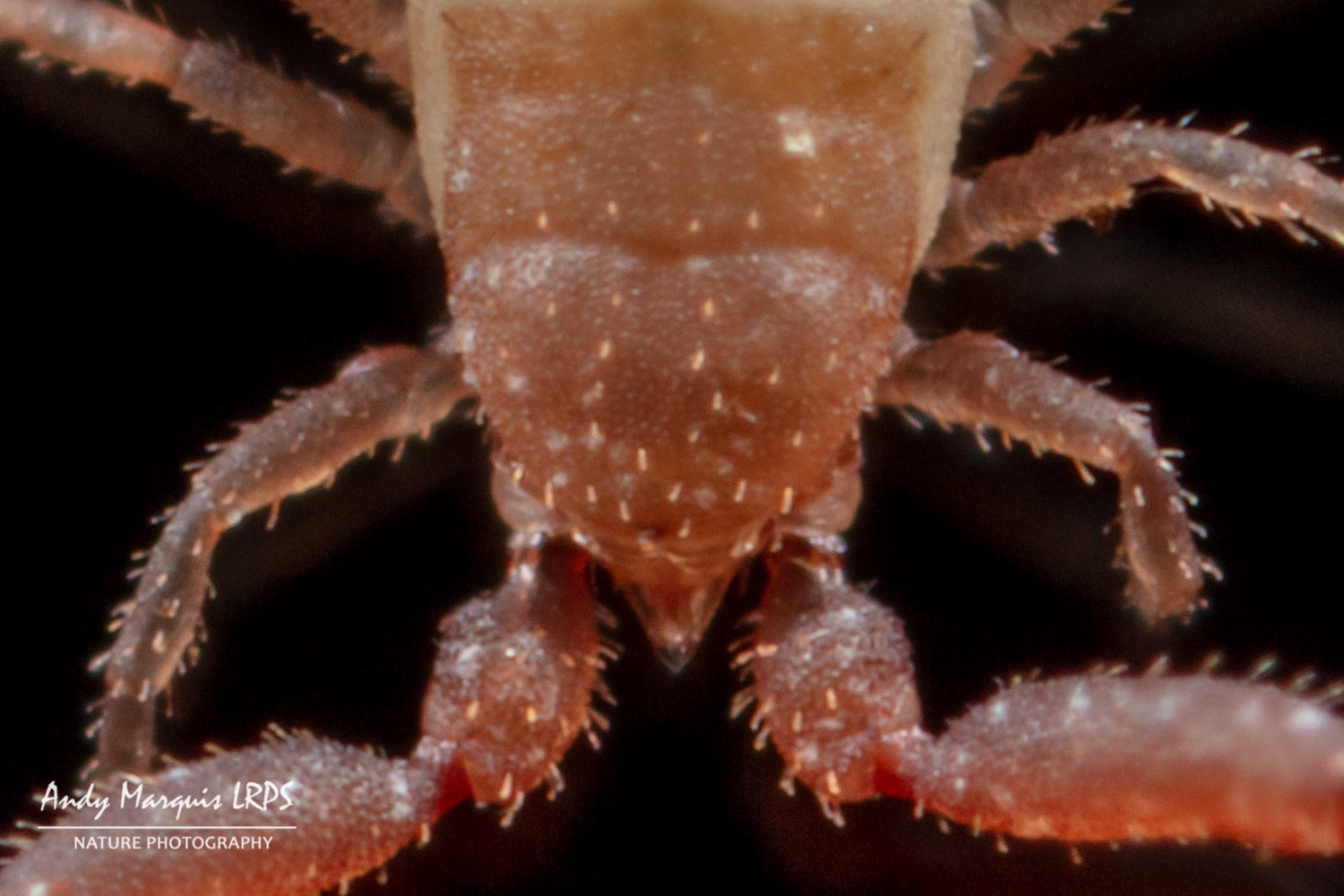
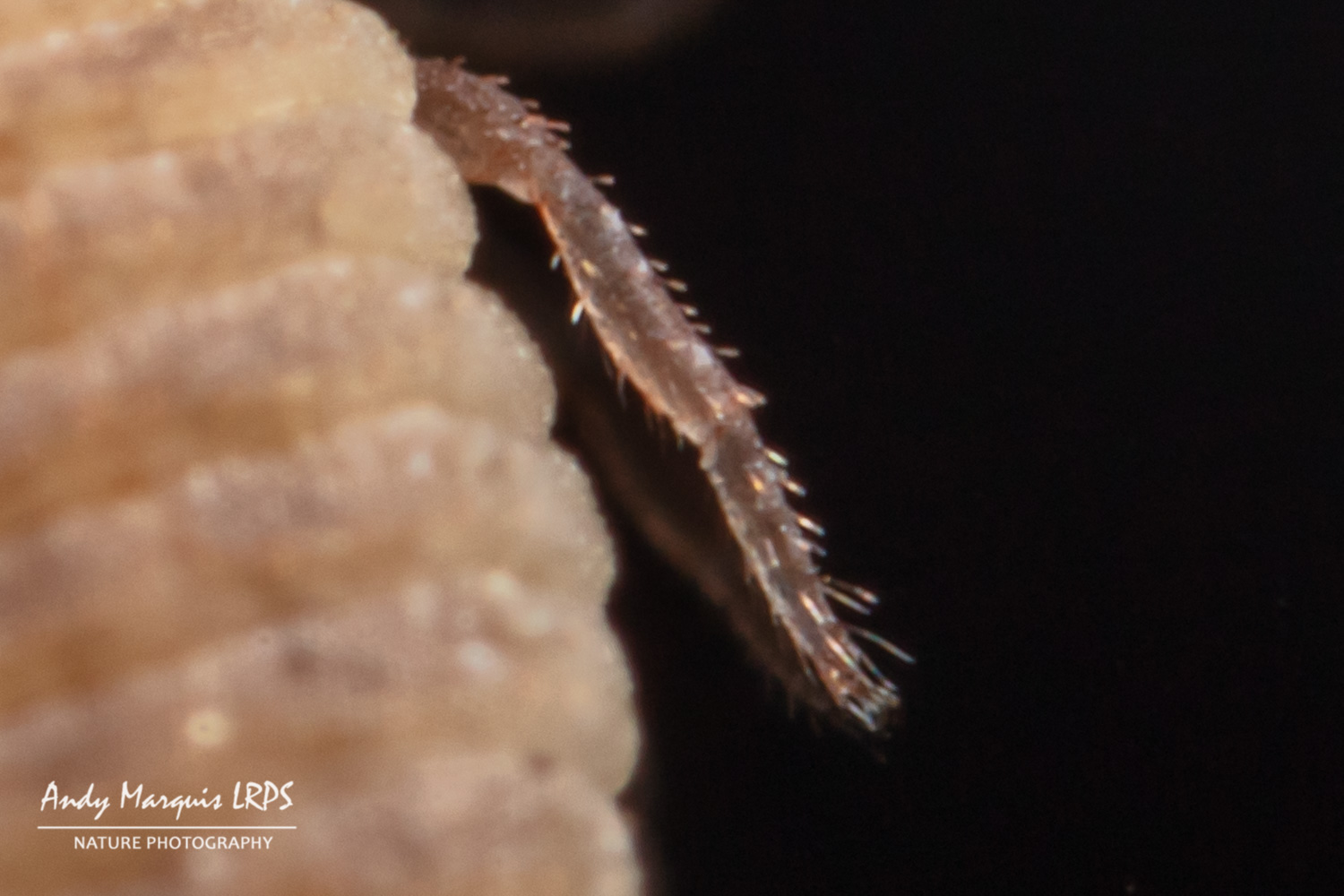
Roncus lubricus
